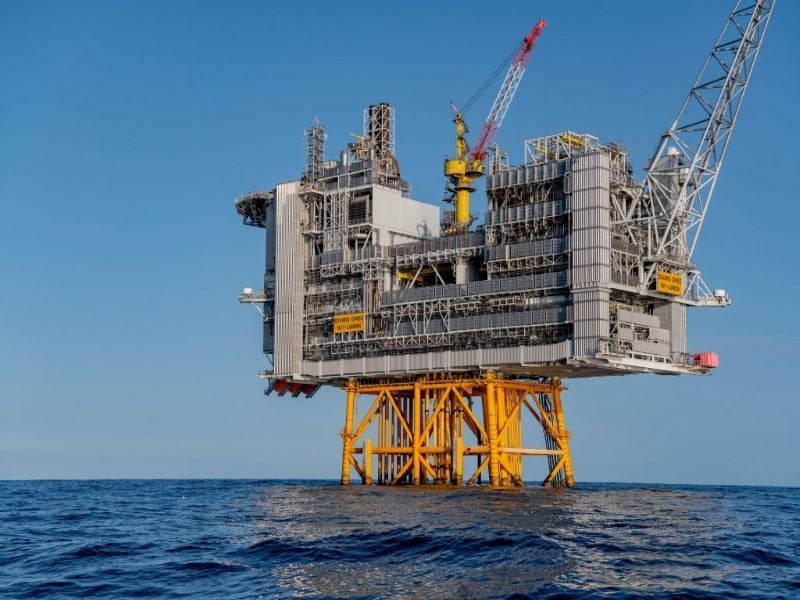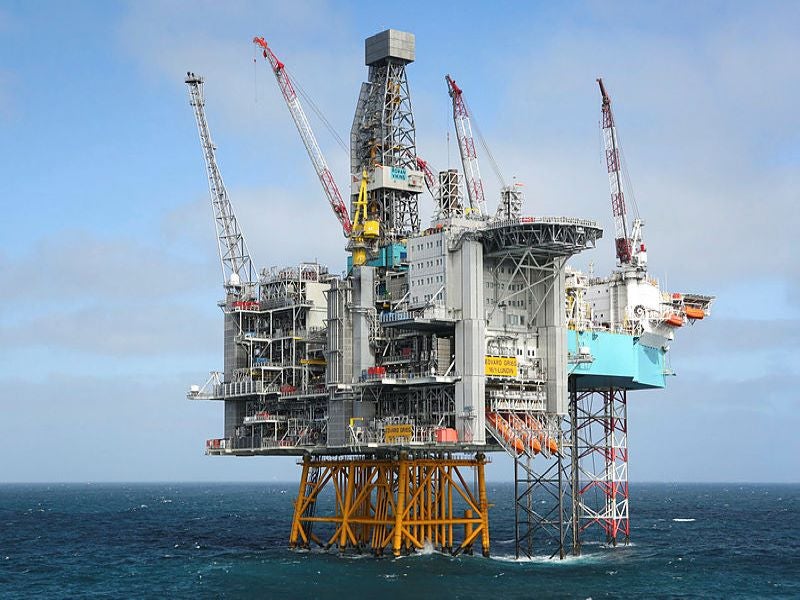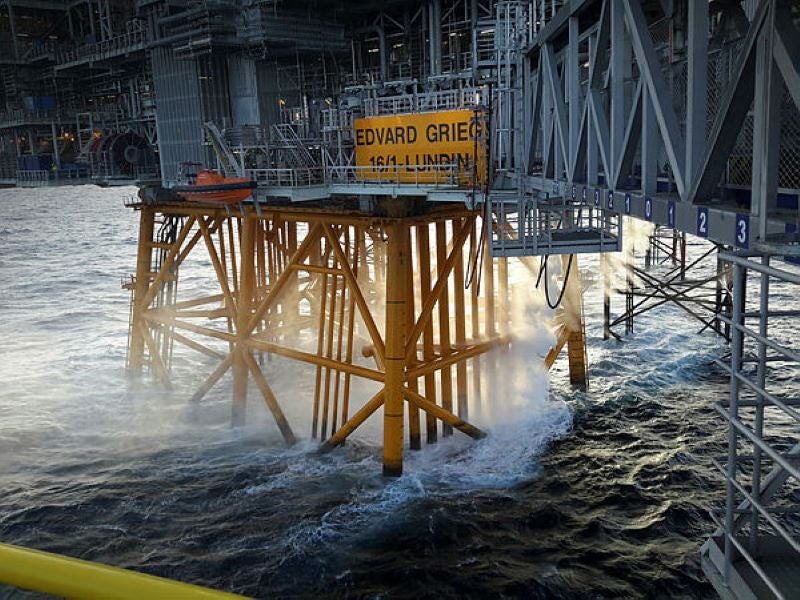The Edvard Grieg oil and gas field located in the Norwegian North Sea has been in production since November 2015. Lundin Energy Norway, a subsidiary of Lundin Energy, is the operator and holds a 65% stake, while the other partners are OMV Norge (20%), and Wintershall Dea Norge (15%).
The Edvard Grieg field was discovered in 2007, while the plan for development and operation (PDO) of the field was approved by the Norwegian authorities in June 2012. The field commenced operations with the first production well brought on stream in November 2015. It was followed by the commissioning of the second and the third production wells in December 2015 and January 2016 respectively.
A drilling campaign involving three infill wells to further enhance the recovery volumes at the offshore field was started in January 2021. The first infill well is expected to start production in the second quarter of 2021.
Location and reservoir details
The Edvard Grieg field is located in the Utsira High area in the central North Sea, Norway. It is situated in PL 338, approximately 180km west of Stavanger, Norway. The water depth in the area is 110m, while the depth of the reservoir is 1,900m.
The field comprises oil-bearing alluvial, aeolian, and shallow marine sandstone and conglomerate of the Late Triassic to Early Cretaceous age. Water is pumped through the injector wells to maintain the reservoir pressure.
Lundin Norway reported two oil discoveries on the Jorvik and Tellus East prospects located on the eastern edge of Edvard Grieg field in June 2019. The discovery well in the Jorvik prospect encountered oil in 30m of a conglomerate reservoir of the Triassic age with a thin, high-quality sandstone above. The discovery well in the Tellus East prospect encountered a 60m gross oil column in a porous, weathered basement reservoir.
The ultimate gross 2P reserves of the Edvard Grieg field were increased by approximately 50 million barrels of oil equivalent (Mboe) to 350mboe as of September 2020. The remaining gross 2P reserves of the Edvard Grieg field were estimated to be 190Mboe as of July 2020.
Edvard Grieg field infrastructure
The Edvard Grieg field consists of ten oil production wells and four water injection wells tied back to the Edvard Grieg production platform. Weighing approximately 22,500t, the topside modules on the steel jacket platform include the processing module, the utility and living quarters module, and the flare boom. The Edvard Grieg platform is also designed to also process oil and gas from the neighbouring fields.
The oil from the offshore platform is transported through a 43km-long export pipeline connecting the Grane oil pipeline which is connected to the Sture oil terminal in Øygarden, Hordaland, Norway. The gas is exported through a 94km-long pipeline to the Scottish Area Gas Evacuation (SAGE) system connecting St. Fergus, Scotland, UK.
A project for the full electrification of the Edvard Grieg platform was sanctioned in 2019. Scheduled for completion in late 2022, it is intended to reduce carbon dioxide emissions from the field.
The project involves the installation of electric boilers on the platform, and the laying a power cable from Johan Sverdrup to Edvard Grieg. The existing gas turbine power generation system will cease operation as part of the project.
The Edvard Grieg platform also processes the well stream from the Ivar Aasen field and supplies electricity to this satellite field.
Greater Edvard Grieg Area projects
The Greater Edvard Grieg Area includes the Edvard Grieg field, as well as the Solveig Phase 1 and the Rolvsnes Extended Well Test (EWT) developments which are expected to produce the first oil in the third quarter of 2021. The gross 2P ultimate reserves of the Greater Edvard Grieg Area are estimated to be approximately 410Mboe.
The Solveig Phase 1 development involves the tieback of five subsea wells, including three oil production wells and two water injection wells to the Edvard Grieg platform.
The Rolvsnes EWT project involves a 3km-long subsea tieback of the existing Rolvsnes appraisal well, which was drilled in 2018, to the Edvard Grieg platform. The well and reservoir performance will be studied in order to formulate the plan for the further development of the field.
Recently awarded contracts
Valaris was contracted for the three-well infill drilling campaign at the Edvard Grieg field. Valaris’ Rowan Viking jack-up rig commenced the drilling campaign in January 2021.
Aker Solutions was awarded an engineering, procurement, construction, and integration (EPCI) contract for the integration of a high-voltage electrical boiler package on the Edvard Grieg platform in September 2020.
NKT bagged a contract to supply approximately 24km of 132kV AC XLPE high-voltage power cable for connecting the Edvard Grieg platform to the Johan Sverdrup field centre in July 2019.





